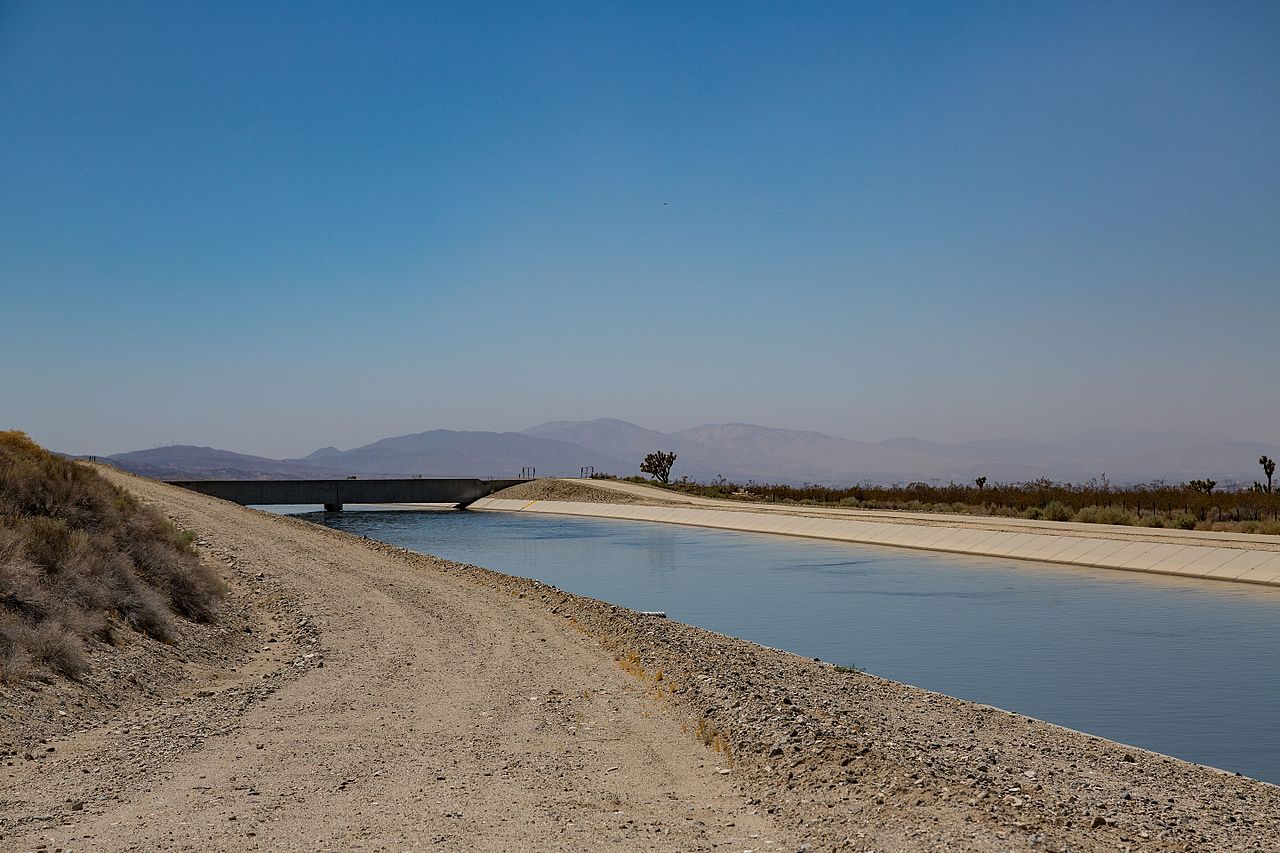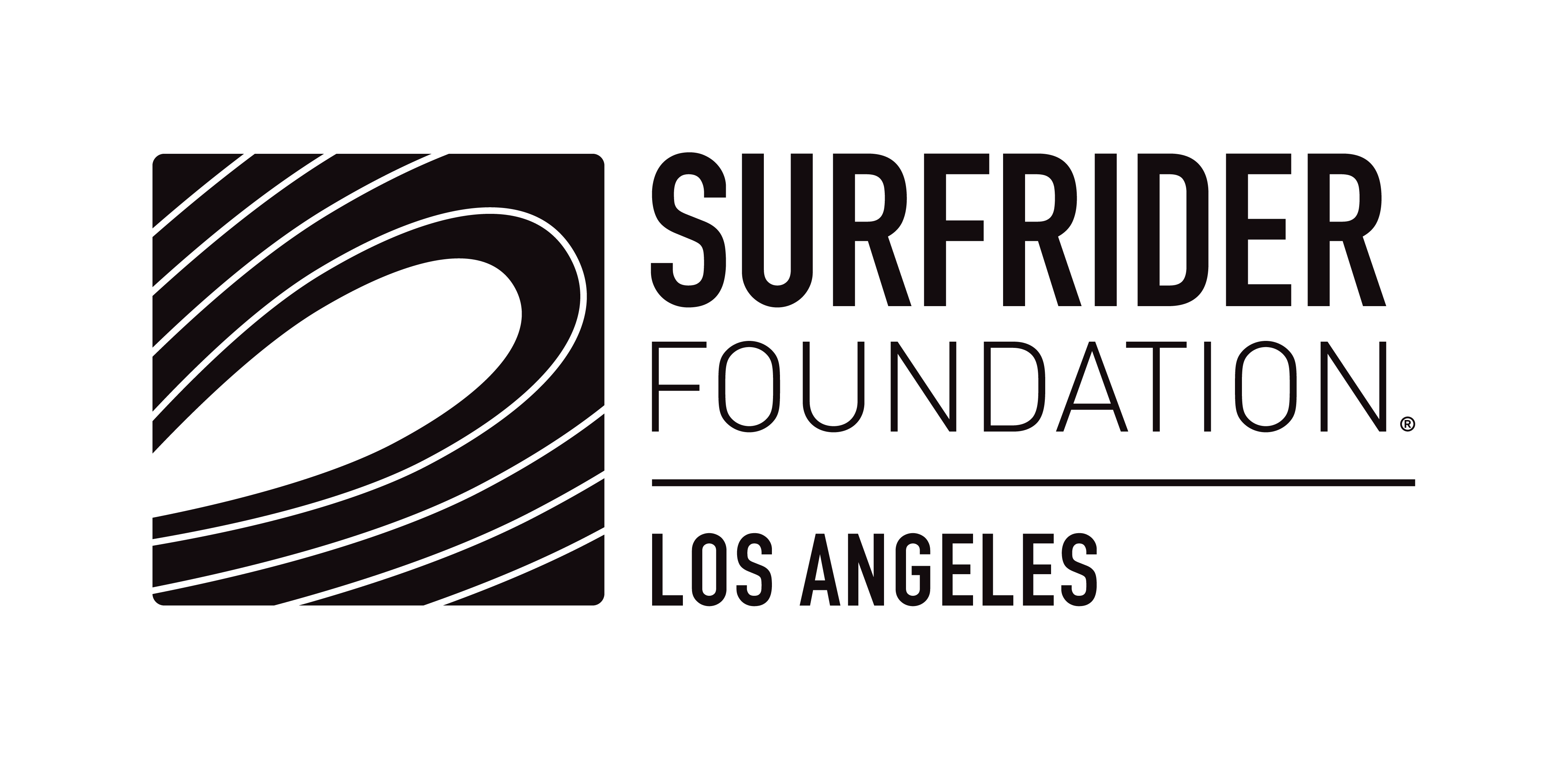
The Los Angeles river channelization was built in the early 1900s not to capture the rain for reuse, but to protect its citizens from floods. Prior to 1913, the runoff had its own way and floods would be frequent. The situation became so severe that in 1938, a Warner Bros prop whale invaded the Los Angeles river!
Federal assistance was requested, and the Army Corps of Engineers took a lead role in channelizing the River. For the most part, it has achieved its goal by ensuring the water makes its way to the ocean. However, with that design, Los Angeles loses 100 billion gallons of rain each year—equivalent to the volume of 200,000 Olympic swimming pools!
In the below chart, rainfall to date captured at Santa Monica Airport alone has seen a significant increase in precipitation year on year since 2020 (You can check out other L.A. areas if you live further away).
 Exhibition A: Rainfall recorded at Santa Monica Airport
Exhibition A: Rainfall recorded at Santa Monica Airport
According to the U.S. Geological Survey, one inch of rain equals 27,154 gallons of water per acre or 17.38 million gallons per square mile. That breaks down to 5.61 gallons per square yard.
Given that the square footage of a median home in Los Angeles County, as of December 2023, was 1,763 square feet, one inch of rain falling onto the roof of a median-sized home in the county would equate to 1,098 gallons of water that if not diverted correctly, ends up straight into the sewer and into the ocean.
Los Angeles ranked first in the West and 19th nationwide among 2,645 urban areas for the amount of runoff. An average of about 490,000 acre-feet per year of rainfall flows off pavement in the Los Angeles-Long Beach-Anaheim area—roughly the amount that the city of Los Angeles and some surrounding areas use in a year.
Where Does the Los Angeles Water Come From That Flows Into Our Taps?
Since 1913, the Los Angeles Aqueduct and California Aqueduct have been instrumental in bringing water from the eastern and western slopes of the Sierra Nevada mountains, respectively, to sustain the city's burgeoning population. Owens Lake once served as a primary water source until its depletion, prompting a shift to Mono Lake further north.
In addition to these aqueducts, California receives an allocation of 4.4 million acre-feet of water annually from the Colorado River—more than any of the other eight states served by the river. Since the super drought a few years back and the depletion of Lake Mead, the federal government has been urging these states to propose alternatives for obtaining their water.
The State Water Project (SWP) further augments California's water supply. Spanning two-thirds of the state's length, this vast system comprises reservoirs, pump stations, storage facilities, power plants, and an extensive network of pipes and canals.
For Los Angeles County Waterworks Districts (LACWD), imported water plays a pivotal role in meeting the region's water needs. LACWD procures water from local SWP contractors such as the Antelope Valley-East Kern Water Agency, Santa Clarita Valley Water Agency, and the Metropolitan Water District of Southern California. Additionally, water is sourced from regional wholesale water agencies like the Los Angeles Department of Water and Power and the West Basin Municipal Water District.
Despite the importance of imported water, LACWD recognizes the value of sustainable water management practices. Initiatives like the Tujunga Spreading Grounds Enhancement Project exemplify efforts to capture stormwater without disrupting local communities.
Understanding the intricate web of water sources and infrastructure enables us to appreciate the complexities of ensuring a reliable water supply for Los Angeles amidst evolving environmental and societal pressures.
What Can Be Done
Since the passage of the Rainwater Capture Act in 2012, Californians have been empowered to harness the precious resource of rainwater, aligning with State Water Resources Board requirements. Encouraging individuals to collect rainwater, even from rooftops, not only complies with regulations but also contributes to sustainable water management practices.
To further advance Los Angeles's transformation into a sponge city, ongoing efforts focus on redesigning infrastructure to enhance rainwater collection. Organizations like FOLAR advocate for repurposing the concrete basin of the LA River into a vibrant landscape for both humans and wildlife. By redirecting water into reservoirs, we can transform concrete jungles into flourishing parks and green spaces, preventing runoff laden with chemicals, fertilizers, and debris from polluting our oceans.
While the creation of spreading grounds has proven effective, capturing over 200 billion gallons of water in the 2023-2024 season, the exorbitant cost of land in Los Angeles presents a significant barrier to establishing new spreading grounds and dams, potentially hindering future expansion efforts.
Initiatives like the Surfrider Foundation's Ocean Friendly Gardens program raise awareness of methods to prevent runoff and stormwater pollution by directing rainwater from rooftops into landscaping below. Incorporating permeable materials, such as laying pavers with gaps, in new hardscapes and retrofitting existing walkways and patios to direct rainwater runoff to landscaping can significantly mitigate stormwater pollution. By allowing rainwater to infiltrate the soil instead of running off into storm drains, this approach helps replenish groundwater supplies, reduces erosion, and fosters healthier plant growth. Additionally, it contributes to creating more resilient and sustainable urban environments, aligning with efforts to combat the adverse effects of climate change.
In response to cuts to the Colorado River's flow, Governor Gavin Newsom has proposed the construction of a water tunnel from Northern California to divert water to Southern California. While aimed at providing water to the majority of California residents in the southern region, environmental groups such as the Sierra Club warn of potential mass environmental destruction to Delta communities and ecosystems.
Furthermore, the Hyperion Water Reuse and Resiliency Program seeks to maximize production of purified recycled water from the Hyperion Water Reclamation Plant. By replenishing groundwater basins and recycling 100% of Hyperion wastewater by 2035, this initiative aims to increase local water supplies, enhance resilience to climate change and droughts, and mitigate the city's reliance on external water sources.
As Los Angeles navigates the complexities of water management, these diverse approaches underscore the importance of innovation, collaboration, and environmental stewardship in safeguarding our most precious resource.
Join me in this rabbit hole of research:
YouTube
- L.A. in a Minute, 'Where Does the Water go When it Rains in L.A.?!?'
- Context, 'How LA's thirst for water is draining a California valley'
- Explore Always, 'How Los Angeles Gets Its Water: A Complete History of The Los Angeles Aqueduct'
Media
- Hannah Ritchie, 'Not the End of the World'
- Roman Polanski, 'Chinatown' (not recommended for young viewers)
- Marina Zenovich, 'Water & Power: A California Heist'
Website
- FoLAR, 'The Great River Cleanup'
- Calmatters, 'Environment'
- USGS, 'Rain and Precipitation'
Article/Document
- AP News, 'California Gov. Gavin Newsom advances water tunnel project amid opposition from environmental groups'
- Cal Matters, 'US unveils options for cutting California’s Colorado River water'
- LADWP News, 'Hyperion Water Reuse and Resiliency Program'
- LAWP, 'Urban Water Management Plan'
- Los Angeles Almanac, 'Monthly Rainfall by Season Santa Monica, California
- Laist, 'Saving Stormwater
